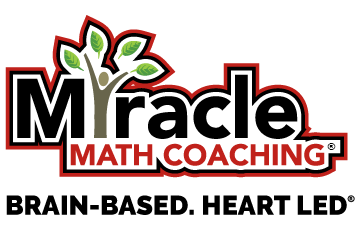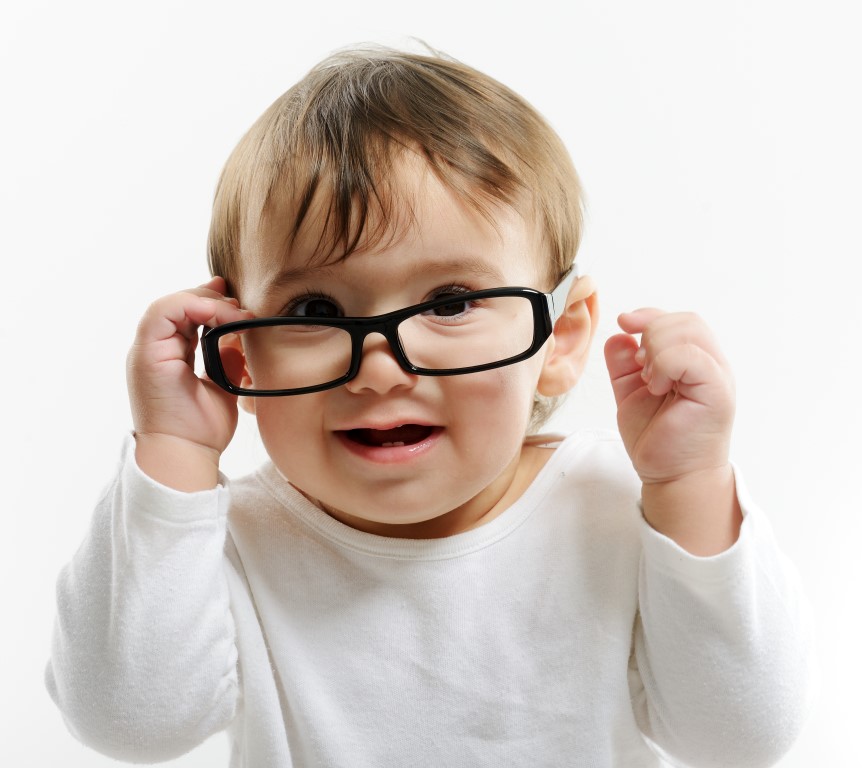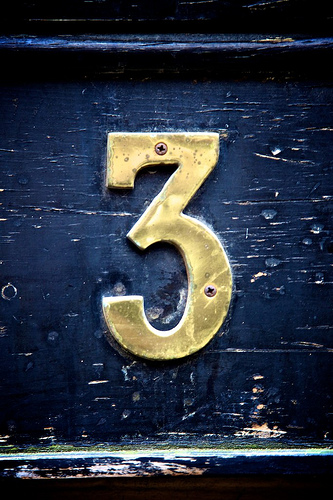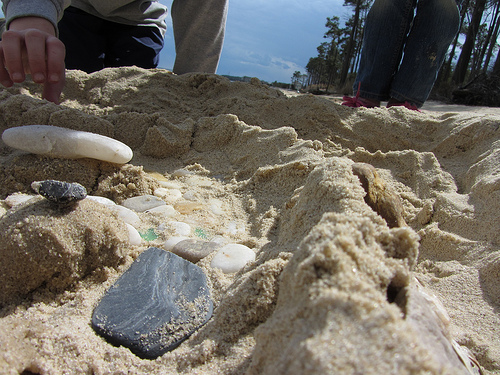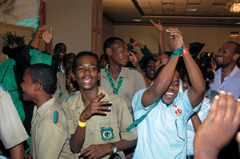Teaching Baby Math!
Surprise! Babies Understand Some Math. And Here’s How to Teach Them Even More
By Deanna Hurn, Executive Director of Miracle Math Coaching
Any pregnant Mom knows that talking with and playing music for her unborn children is a good thing. I did it. Studies prove it. More important, it makes sense.
Beginning at 20 weeks, a baby can hear the discussion you’re having with a friend about “Grey’s Anatomy” or the Braham’s concerto streaming through your portable speakers (Thanks, Pandora!). So, of course, talking with your tiny one before she’s officially here is a good idea.
But the real fun comes when your bundles of joy are four to five months old. According to research, even before babies can crawl, they can count. Or at least they can tell whether you can count. Here’s how the study worked:
A researcher showed babies a Mickey Mouse figurine, then placed it a curtain or drape. The babies were shown two more Mickey Mouse figurines. After they were placed with the first one – out of sight of the baby – the curtain was lifted to show the three Mickey Mouses (or is that Mickey Mice?) Observers noted the amount of time the infants looked at the three mice (which could be interpreted as the “equation” of 1 + 2 = 3) before looking away.
Next, the infants were shown one Mickey, which was placed behind the curtain, then another Mickey, also placed behind the curtain. But this second Mickey was removed before the curtain went up. When faced with an obvious Math error 1 + 1 = 1, the babies stared longer than when the Math was correct.
The conclusion, according to Karen Wynn, a developmental psychologist at the University of Arizona: “Infants can compute the results of simple arithmetic problems. It suggests we are getting at the underlying architecture of an infant’s numerical abilities. This crude ability gives us an initial basis for later mathematical understanding.”
Of course, there are naysayers who say “hog wash.”
Whether you believe that your infant is an Einstein in-the-making or not, it can’t hurt to expose her to Math at an early age. But what kind of Math is appropriate for a little human who doesn’t have the capacity to feed herself or walk yet? Here’s are five suggestions from Anna Geiger, who writes a blog called “The Measured Mom”:
1. Count. A lot. Are you dressing your baby? “One arm, two arms!” Are you walking up the stairs with her? “Let’s count the steps! One… two… three….” Count how many grapes she has, how many fingers are on her hand, or how many keys are on the ring. When you point to each object as you count, you teach your child one-to-one correspondence. One day she’ll learn to assign numbers to objects as she counts, too.
2. Build with blocks. Your baby might enjoy watching you make a tower. Soon she’ll be knocking it over, and eventually she’ll start to put one block on top of the other all by himself.
3. Sort toys. Separate the animals from the toy cars. Put the stuffed animals in this bin, and the lacing toys in this one. Or sort by color. Before your child can actually name the colors, she may be able to sort same colored objects into groups.
4. Play with patterns. Isn’t it funny how the simple game of peek-a-boo has babies in stitches? It’s actually an introduction to patterns. When you play patty cake and other action rhymes, your child can play with patterns even more.
5. Sing. There are countless nursery rhymes and songs for babies, many of which focus on numbers. “1, 2, buckle my shoe.” Or “Six little ducks went out one day…”
6. Read. Above all, read and read some more. Not sure what baby and toddler math books to find at your library? Try the website whatwedoallday.com.
And when your little one is as young as three years old, check out how Miracle Math Coaching can inspire her to develop a life-long love of Math. If you’d like to know more, reach out by emailing me at or calling me at 707-398-3474, ext. 2700.
